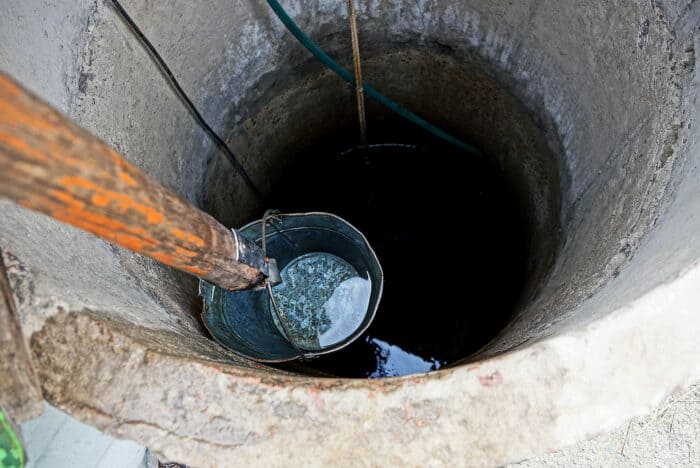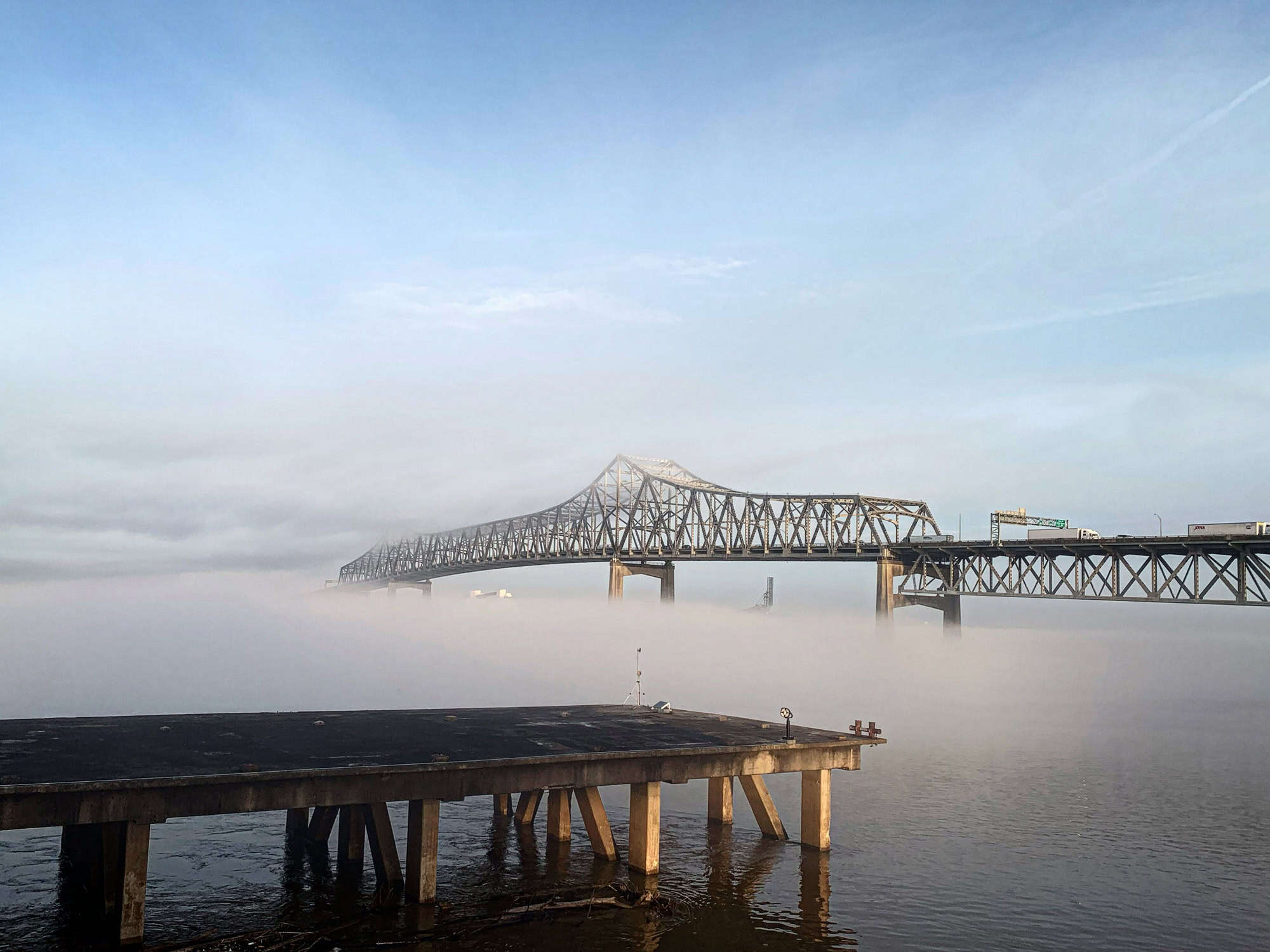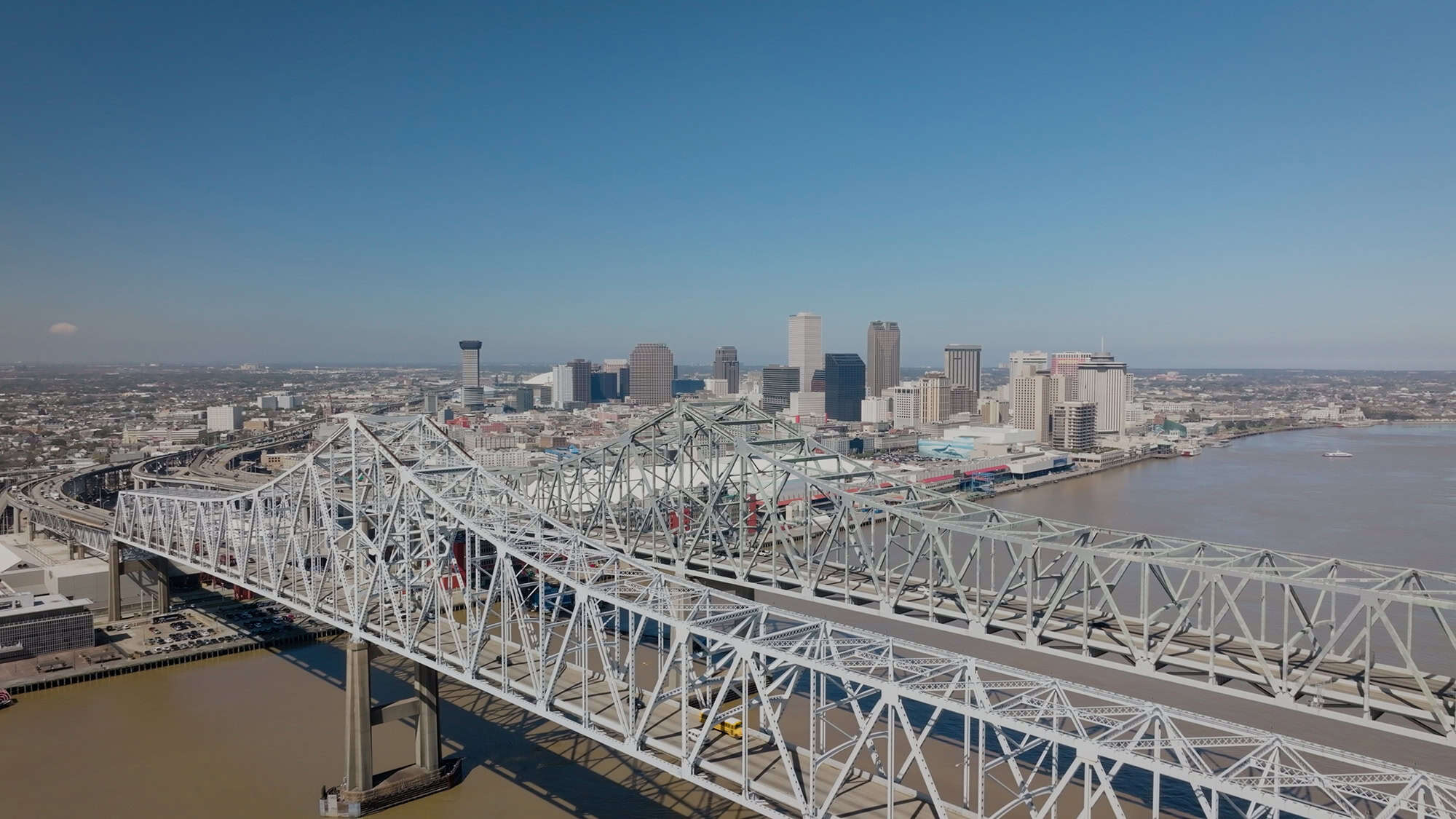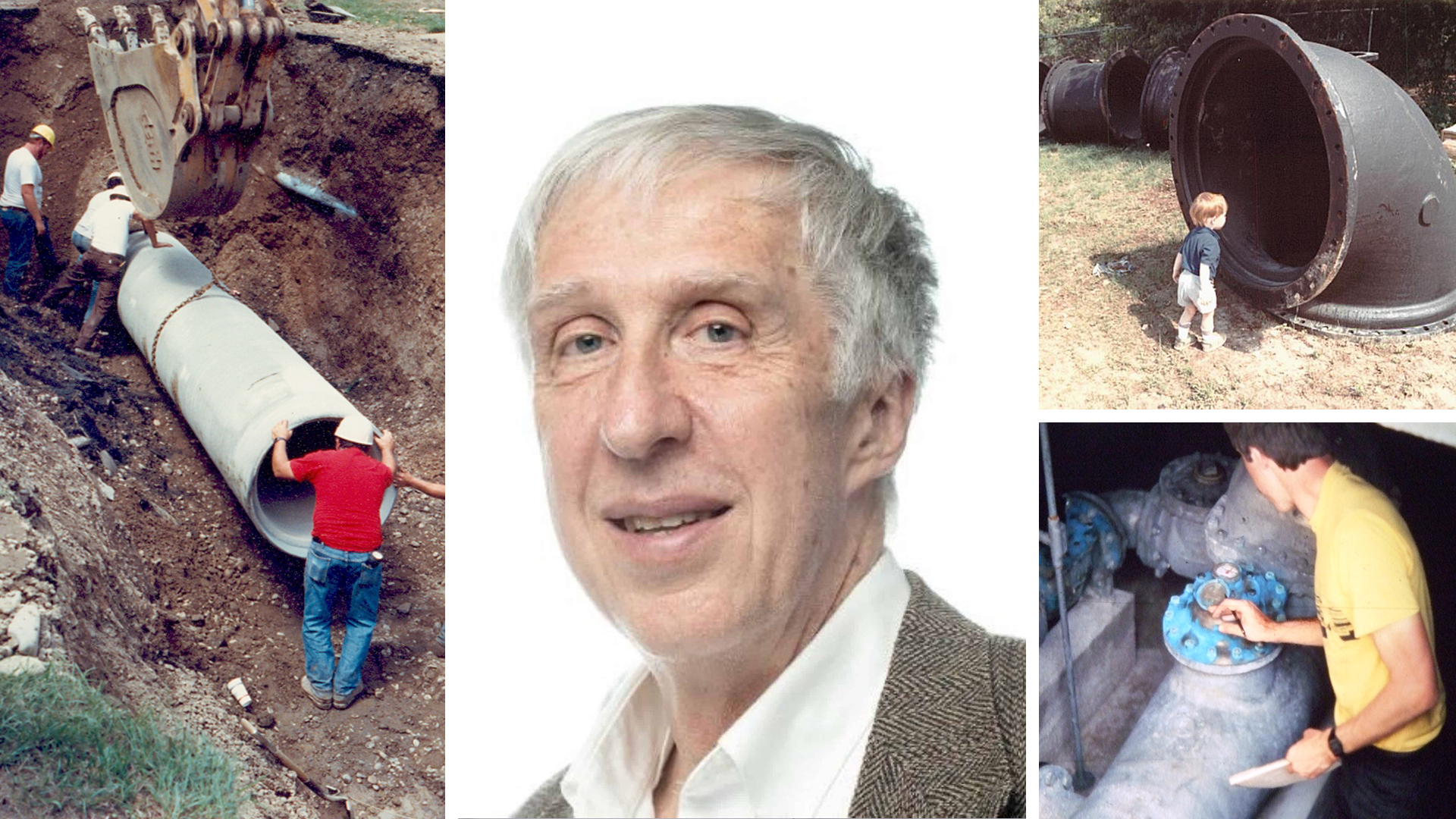Groundwater quenches the thirst of over 2,500,000,000 humans every day. In addition to home use, more than 40% of the world’s agriculture is irrigated by groundwater. Generations of water diviners, geologists, and thirsty humans have sought this valuable natural resource. Fun fact: Only 1% of the world’s liquid freshwater is visible as rivers, ponds, and lakes. The rest remains hidden underneath the earth’s surface as aquifers or locked inside glaciers and icecaps.
It takes thousands of years for rain and snowmelt to refill aquifers, the sacred sources of groundwater. Comprehensive studies by NASA and USGS have revealed that aquifers are drying up faster than they can be replenished. An article published in Water Resources Research showed that most of the world’s largest aquifers have exceeded their sustainable tipping point. Groundwater is highly stressed by increasing agricultural and industrial consumption and also evapotranspiration by climate change. It faces risk from saltwater intrusion and chemical contamination. Groundwater depletion has the power to displace large populations and affect the entire ecosystem of large regions.
There is good news! Groundwater can be monitored carefully, efficiently utilized, and recycled. Legislations, smart devices, software stacks, and water management best practices can protect groundwater from contamination, overuse, and other unintended consequences.
These examples showcase infrastructure projects from around the globe to help manage this precious resource:
United States
CDM Arbennie Pritchett Water Reclamation Facility
Okaloosa County teamed up with CDM Smith to build a water reclamation facility treating 10 million gallons of wastewater per day to meet the stringent Florida Department of Environmental Protection standards. The high-quality effluent helps recharge groundwater.
BMW of North America
Paulus, Sokolowski & Sartor provided comprehensive civil and site design services for BMW’s $80 million (USD) North American headquarters. Freshwater wetlands including a 100-ft vertical drop made it challenging for them to meet state regulations. They successfully designed a stormwater management system that included groundwater recharge and water quality measures.
Los Osos Wastewater Project
The County of San Luis Obispo, California designed a $180 million (USD) wastewater treatment plant consisting of 49 miles of pipelines, 21 pump stations, and 34 storage ponds with 100 percent recycling through irrigation and groundwater percolation.
Philippines
Fulfilling the Needs of a Growing Population
Near Manila, groundwater supply from deep wells had been depleted because of rapid expansion of municipalities. Augmenting water from surface water reservoirs faced challenges because of high elevation, operational issues, and low pressure. Various configurations of treatment plants, reservoirs, and pipelines were simulated to design an optimal solution that delivered 150 million liters of water per day.
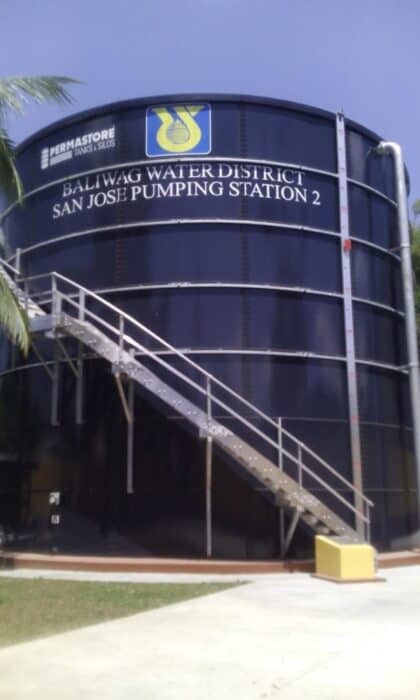 Water tank for storing potable water. Image courtesy of Baliwag Water District
Water tank for storing potable water. Image courtesy of Baliwag Water DistrictBaliwag Water District: Bulk Water Supply for Candaba Water District
Candaba Water District’s groundwater source was suffering from saltwater intrusion. A neighbor, the Baliwag Water District developed a solution to share its potable water without affecting its own water needs, preventing over-extraction while maintaining water quality.
India
Khatan Group of Villages, Water Supply Scheme
Larsen & Toubro Construction developed a water supply scheme to deliver clean, potable water to over 14 million people across 388 villages. In the absence of this project, women in the rural villages spent a significant amount of their time fetching water across long distances every day.
Surface-Based Water Supply Scheme for Shyampur
The health of 1.4 million people in Shyampur was being affected by groundwater salinity. They leveraged hydraulic modeling, aerial drone surveys, and GIS information to evaluate multiple solutions. 170 kilometers of water transmission was modeled to ensure reliable distribution of safe drinking water
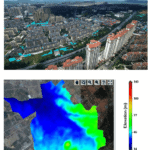 Multiple scenarios were evaluated, pipe diameters were optimized and operational planning was performed to design the pipe irrigation network in Saoli. Credit: DTK Hydronet Solutions
Multiple scenarios were evaluated, pipe diameters were optimized and operational planning was performed to design the pipe irrigation network in Saoli. Credit: DTK Hydronet SolutionsCommand Area Development and Water Management of Saoli Piped Irrigation Project
Hundreds of thousands of farmers in Saoli were dependent on unreliable groundwater and rainwater sources to irrigate 1,500 hectares of farmland. Multiple scenarios were evaluated, pipe diameters were optimized and operational planning was performed by DTK Hydronet Solutions to design their entire pipe irrigation network.
Sustainable Water Supply Scheme for Municipal Councils
The Government of Maharashtra worked on a sustainable water supply scheme for millions of people because their supply of groundwater was steadily decreasing. They performed customer surveys, water/energy audits, flow meter installation, mapping, and hydraulic modeling to design their pipe network and performed extended period simulations to meet their growing demands.
China
Tongzhou Water Works of Beijing South-to-North Water Diversion Project
Declining groundwater sources caused water supply shortages in southeast Beijing. The utility, Tongzhou District, wanted to drop their reliance on groundwater by over 50%. In addition to reducing their reliance on groundwater, their engineering team from Beijing Institute of Water was able to save on design review time and construction costs.
Australia
Remote Communities: Optimization of Water Supply
Power and Water Corporation realized that their limited groundwater resources will not meet the future demand for 72 indigenous communities and growth towns in Northern Territory of Australia. They developed water system models to identify and reduce leaks to save water. They also optimized their pump operations to improve water availability and reduced energy use by 20%.
Nabiac Borefield
Midcoast Waster delivers water to 40,000+ households. A system of production bores were installed on the Nabiac groundwater borefield over 18 square kilometers to provide water. They optimized their water network design and also saved on power costs because they were able to select the best groundwater pump combination.
Going Digital with Groundwater
The best infrastructure projects in the world have saved water, conserved energy use by pumps, reduced human time and costs to deliver water. Most importantly, they have made humans healthier and happier around the world.


